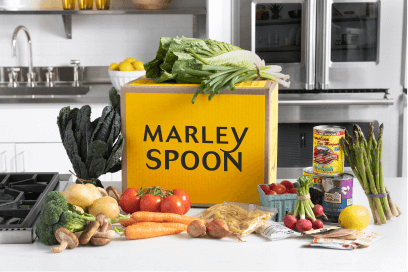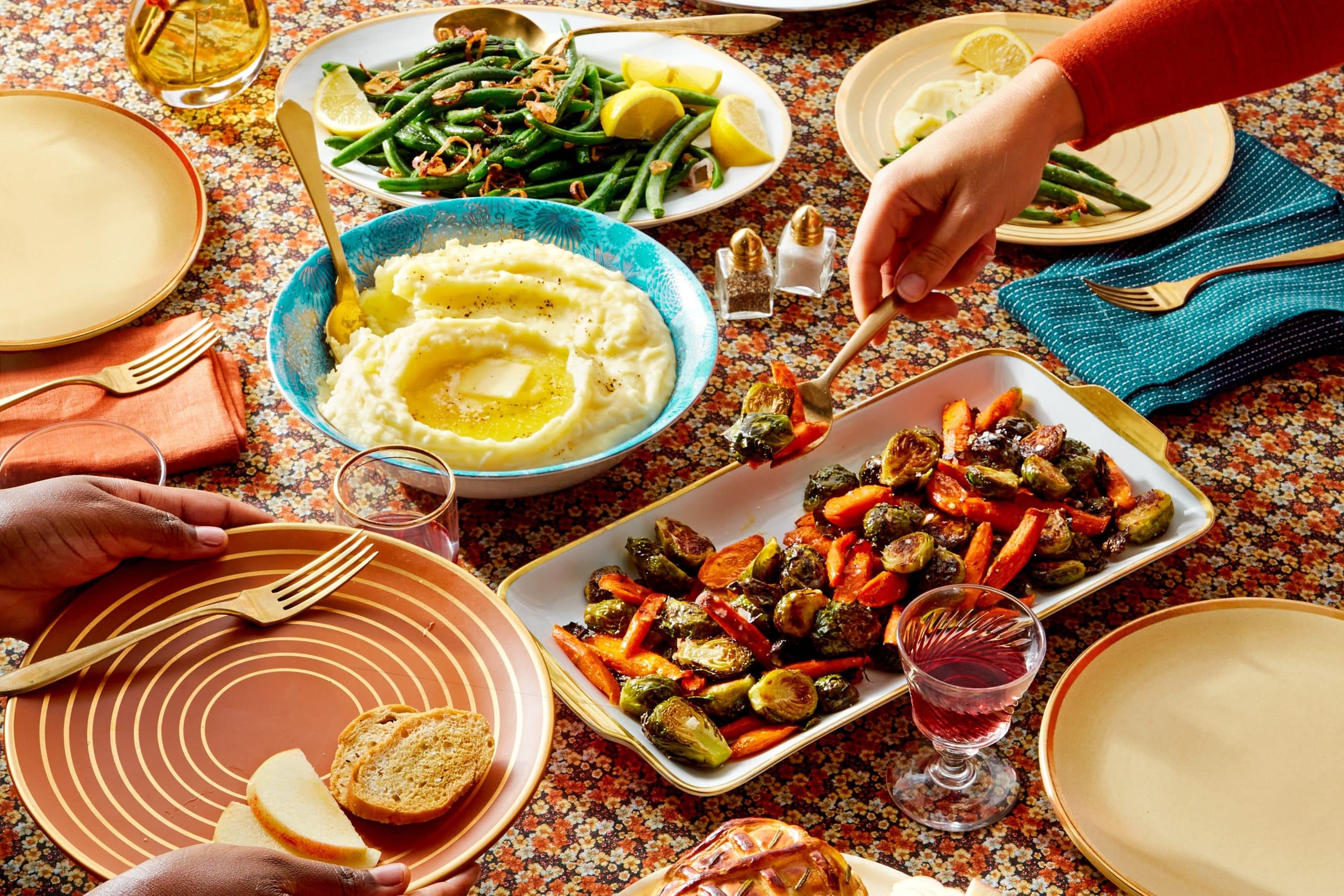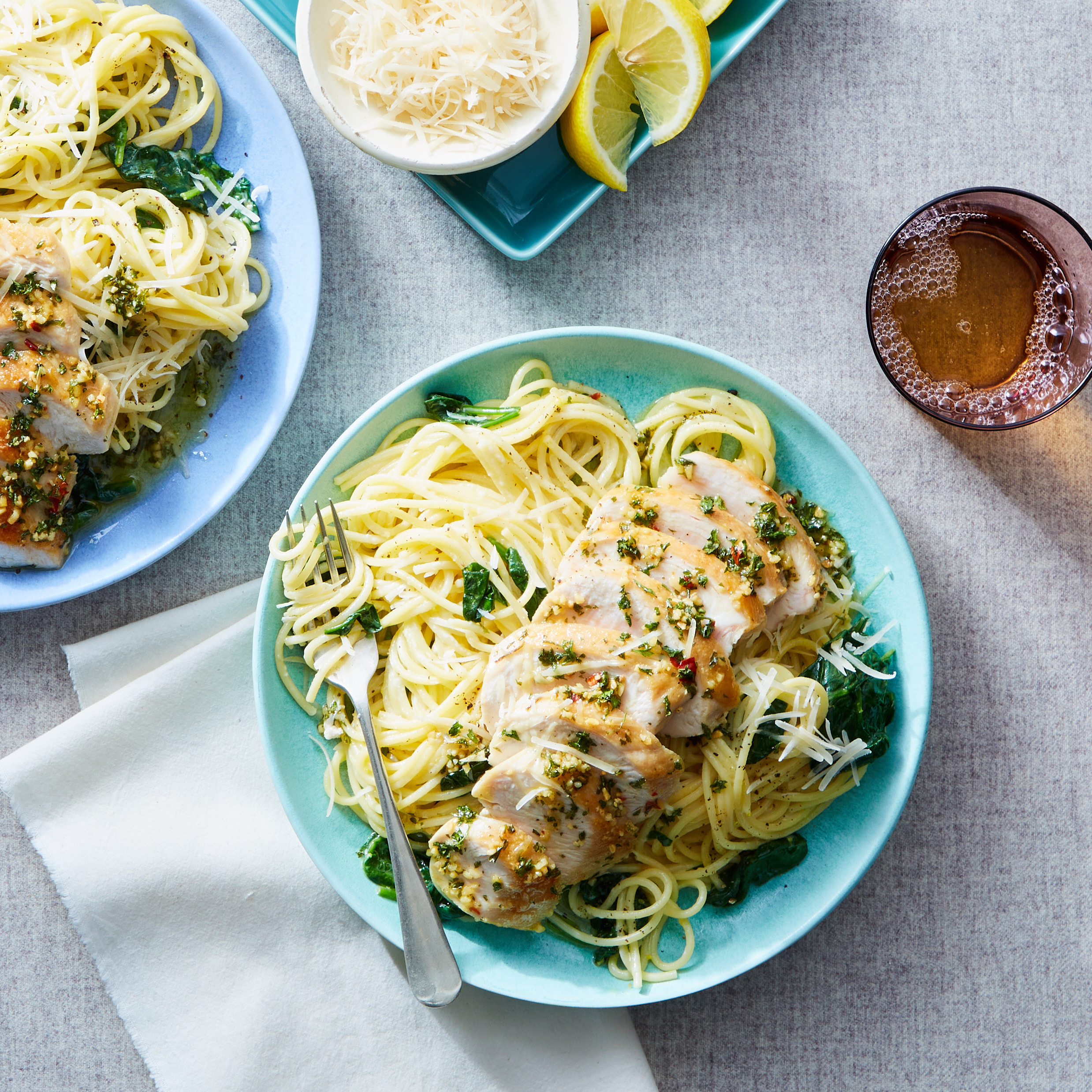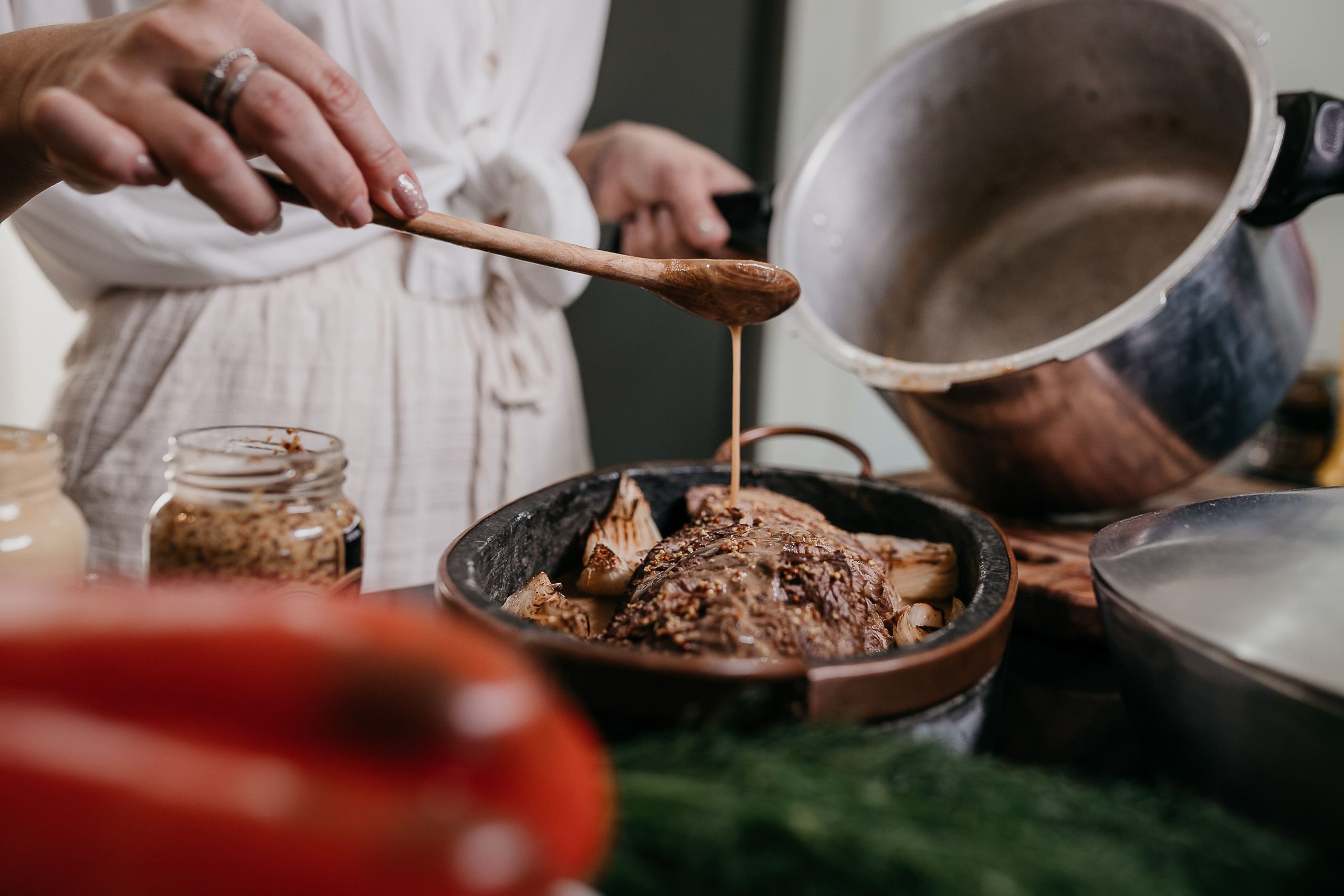It has a higher smoke point than butter, because of which ghee can be heated for a longer period of time, without burning. This makes it perfect for tempering in Indian cooking. ‘Tadka’ as it’s called in hindi, is a process of adding whole or ground spices to heated ghee or oil (usually 1-2 tablespoons) at the beginning or at the end of a dish’s cooking process.
Whether it’s sputtering mustard seeds or caramelizing onions, using ghee in ‘tadka’ deeply enhances the flavor of spices and herbs. Ghee can be used for pan searing meat and fish, especially if you like a golden crust. Use it to smear breads, sauté vegetables or put a dollop on hot, steaming rice for a fragrant finish.
In India, ghee has its uses outside the kitchen too—as a moisturizer for dry skin (it works great on chapped lips), as a balm for small burns or as a digestive aid for young children (a teaspoon of ghee is stirred into hot milk).
Ghee is not the same as clarified butter; it’s simmered for longer to remove all moisture until milk solids are a toasty brown which gives ghee a slightly nutty flavor.
It stores well in an airtight glass container, at room temperature, for about 3 months. Refrigeration is not necessary.
I store a portion of my ghee in a small, lidded metal bowl with its own spoon conveniently near the stove. Since ghee solidifies in colder weather, store it in a wide mouthed container for easy spooning.
It’s important that you use a good quality butter to make ghee. Kerrygold unsalted butter is a popular choice.

Recipe Ingredients:
-
2 lb unsalted butter, cubed
Directions:
-
Heat unsalted butter in a heavy-bottomed saucepan over medium heat. Once all the butter melts, it will start to foam. Now, turn the heat down.
-
While it continues to simmer, skim the foam off with a ladle (one with holes would be ideal).
-
The butter will go from murky to clear and the milk solids will start separating and collecting at the bottom of the pan.
-
The ghee is ready when the ‘butter-oil’ is clear and has taken a deep, golden hue. The milk solids at the bottom of the pan should be a toasted brown color. Turn the heat off.
-
Once cooled, using a mesh strainer (or multiple cheese cloths), pour ghee into a tight-lidded glass container.
Discard the milk solids or if you are feeling adventurous, you can eat this crumbly textured leftover by mixing it with sugar. It’s one of my favourite childhood memories, chomping down mouthfuls of this still warm, crunchy, sugary mixture. It’s a delight.
2 lb. of butter should yield 3 cups of ghee. The whole process should take about 45 minutes.





